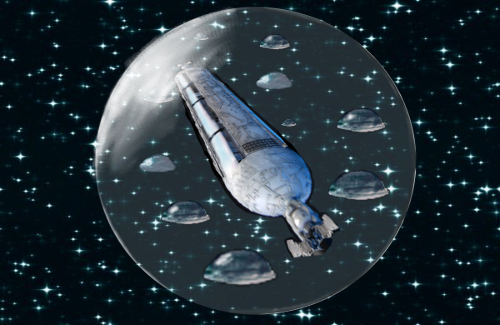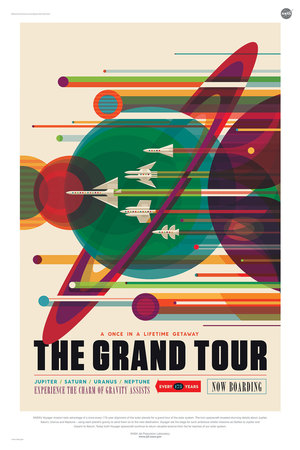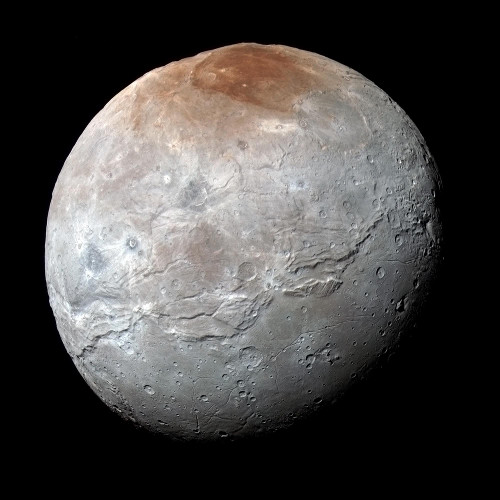HOW MUCH OF THE TIME ARE WE REALLY CONSCIOUS?
/Photo credit: jgmarcelino via VisualHunt.com / CC BY
You land on a web page, and you watch as the page fills in piece by piece—maybe a coloured section appears before a banner image fully loads, then text re-aligns, a sidebar populates itself one article at a time. You wish it were a little faster, but it’s only mildly annoying.
Now imagine if all of the things you see, touch, hear, taste, and smell came into your awareness the same way—gradually, a bit at a time. If you moved your eyes much the constant reloading could drive you crazy. Gradually becoming aware that your hand was on a hot stove burner could have unpleasant consequences. Yet, surely the brain has to take some amount of time to process each of the sensory signals it receives: translating a light wavelength into the colour blue, or a certain vibration in the air as a musical note. So why aren’t we aware of the process—why don’t we experience the partial results? New research from the Ecole Polytechnique Fédérale de Lausanne in Switzerland suggests the reason is contained in a new explanation of consciousness.
For all of the things we’ve learned about our brains, there’s still no clear understanding (and a lot of controversy) about how consciousness works. We seem to experience the world in a continuous stream of sensations, but researchers have found many ways to trick our brain and those tricks provide insight into its processes. For instance, an unexpected sight, immediately replaced by an expected one (say, the sight of a clown face for a fraction of a second while looking at a landscape) can be completely edited out by the brain before it reaches the level of consciousness—the person is never even aware they saw it. Optical illusions often show that the brain makes adjustments of colours and shapes in objects according to the object’s surroundings, based on what the brain would expect from that object in the natural world. An example of that is this shadow illusion (you can have lots of fun with other optical trickery here...after you’ve finished reading!) Obviously our conscious minds aren’t witnessing everything. So what’s going on?
According to the Ecole Polytechnique Fédérale de Lausanne studies, the processing of sensory input happens in a state of unconsciousness, with no perception of time, and when the steps are complete we become conscious of every aspect of the stimulus all at once—the “final picture”. This seems to suggest that we’re not actually conscious all of the time we think we are. The EPFL researchers claim these intervals can last up to 400 milliseconds, or four-tenths of a second for visual stimulus (they haven’t tested the other senses). That’s a fair bit of time when you consider how quickly things happen in the real world. It doesn’t mean our brains can’t react to partial data—we just might not be conscious of it yet, which could explain how you hit the brake pedal without thinking when the brake lights of the car in front of you light up. Or how your eyelid flicks closed just in time to protect your eye from that badminton bird you didn’t even see coming.
Yes, they’re saying that we experience consciousness in chunks, sometimes only every 400 milliseconds (though the intervals can be shorter if less processing is involved). If it helps, think of how we watch movies and appear to witness a continuous stream of action though we’re really seeing 24 still frames per second.
Where can we take this new understanding?
- If we could assist our brains to process stimuli faster, would we experience a kind of hyperconsciousness? (Maybe that’s what certain mind-altering drugs do.)
- If we could discover what brain signal triggers the unconscious and conscious states, we might be able to use that for everything from anaesthesiology to refreshing ourselves with micro-naps during the day.
- The more we learn about this process the more ways we might discover to trick the brain. And if we can trick the brain, we can control what a person sees, hears, and feels. Perfect virtual reality, for good and for bad. (Cue the SF scenarios where some evil force—alien or government—enslaves the population by creating a perfect illusion for them to live in! Like The Matrix.)
- This concept of consciousness also has ramifications for the idea of “uploading” our minds into computers. Would we need to build in digital delays equivalent to these unconscious intervals to keep our minds from going insane?
It’s early days when it comes to this research, and I’m sure there won’t be consensus about the mechanisms of consciousness anytime soon. But every thing we learn is useful, and if it creates more questions than it answers…isn’t that the real fun part of science? I know it’s the fun part of science fiction, so bring on the brain teasers—I have stories to write.










